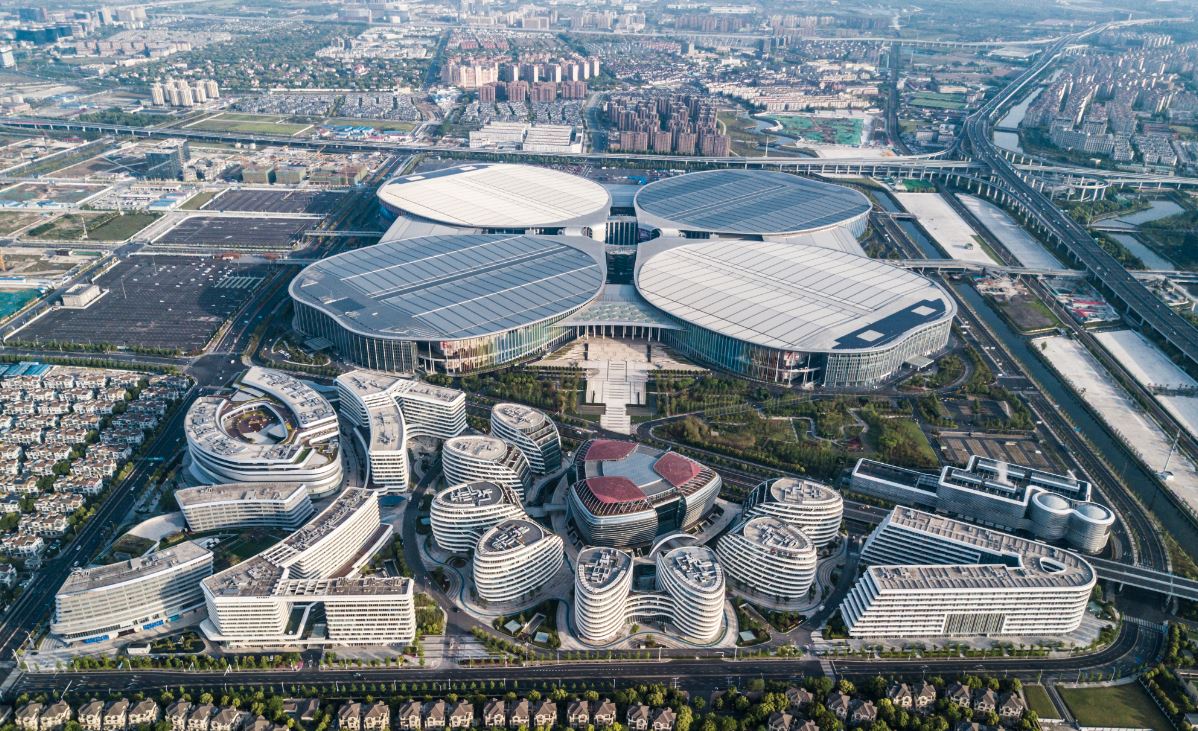Developed country status is still some distance away


Understanding China's real development level has always been a challenge for first-time visitors to the world's second-largest economy.
In many senses, it is quite understandable. Since most of them arrive in big cities like Beijing, Shanghai or Hangzhou, they are often amazed by the rapid "development" of the bustling cities, which in most cases are similar to or even more prosperous than Western metropolises. But as they go more into the rural areas or western regions of China, which are lagging in terms of economic development, they gain a much deeper perspective of the country's overall development.
Though China has been the world's second-largest economy for several years, it still remains an economy with unbalanced development. If we take into account the reality of China being the most populous country in the world, it is obvious that the country still has a long way to go before it can become a developed economy.
The tone-setting 19th National Congress of the Communist Party of China in 2017 said that the principal contradiction facing the Chinese society was the "unbalanced and inadequate development" and people's ever-growing need for a better life.
Such a judgment is based not on wishful thinking but from a closer look at the country's real development scenario.
Admittedly, China has been on the fast track in terms of economic development since it started reform and opening up four decades ago. Since then, it has made much headway in expansion of the overall economic scale, raising people's life expectancy, and improving the real living standards of the Chinese people.
Apart from improvements in some general economic and social development indicators, visitors are also often impressed by, for example, the country's fast advancement in the technology field or the shopping sprees of rich Chinese worldwide.
Huawei Technologies Co, the country's leading tech company, has become so competitive in making telecommunications equipment and smartphones that it is now facing restrictions in markets like the United States, most of which are aimed at hampering its normal operations.
Smartphone shipments from China today account for nearly one-third of the total sold worldwide.
When it comes to luxury goods, Chinese consumers spent more than 770 billion yuan ($110.7 billion) in 2018, accounting for about one-third of global luxury goods sales, according to consulting group McKinsey. From 2012 to 2018, nearly 50 percent of the global growth in luxury goods sales came from China and by 2025, the ratio could rise to 65 percent, the firm said.
China is also the world's largest car market, with its vehicle sales reaching 25.7 million units last year, compared with about 17 million units in the US.
Those statistics have often been cited as signs of China's rising development levels. But if we look at some other data, we may arrive at different conclusions.
Li Xunlei, chief economist of Zhongtai Securities, estimated that China still has about 1 billion people who have never traveled by plane and about 500 million people are yet to have access to flush toilets.
Last year, China's per capita annual disposable income rose by 8.9 percent year-on-year to $4,400. That is nearly a tenth of the level seen in the US.
If China is tagged as a developed country, then the gap, at least in terms per capita disposable income, between China and the US would be too huge to justify such categorization.
Actually, major international institutions have had various standards for defining developed and developing economies.
While the standard of the World Trade Organization is self-selected by a country and can be challenged by others, the United Nations Statistics Division, the UN Development Program, the World Bank, and the International Monetary Fund all have their standards to judge a country's development phase.
The standards of UNDP and the World Bank, in particular, are clear-cut and calculable. The UNDP uses the Human Development Index to define a country's development level and a country with an index reading of higher than 0.8 can be defined as a developed country. China's reading was 0.758 in 2018, the latest data showed. It was 0.501 in 1990.
In the World Bank's classification, a country can be seen as a high-income one (similar to developed country) if it had a per capita gross national income of more than $6,000 thirty years ago, equivalent to about $12,235 today. China's per capita GNI was $9,732 in 2018, according to the official data.
China no doubt has achieved stunning economic growth in the past four decades and its internal regional development gap has also significantly narrowed. However, it still faces the severe challenge of "unbalanced and inadequate development" and falls far behind the developed countries on many economic and social development indicators, especially in per capita terms.
Some may focus on the overall scale of the Chinese economy or its reigning competitiveness in select fields to claim that it should be treated as a developed economy. But that is not the complete picture of China, which is yet to graduate to deserve a developed country status.




































